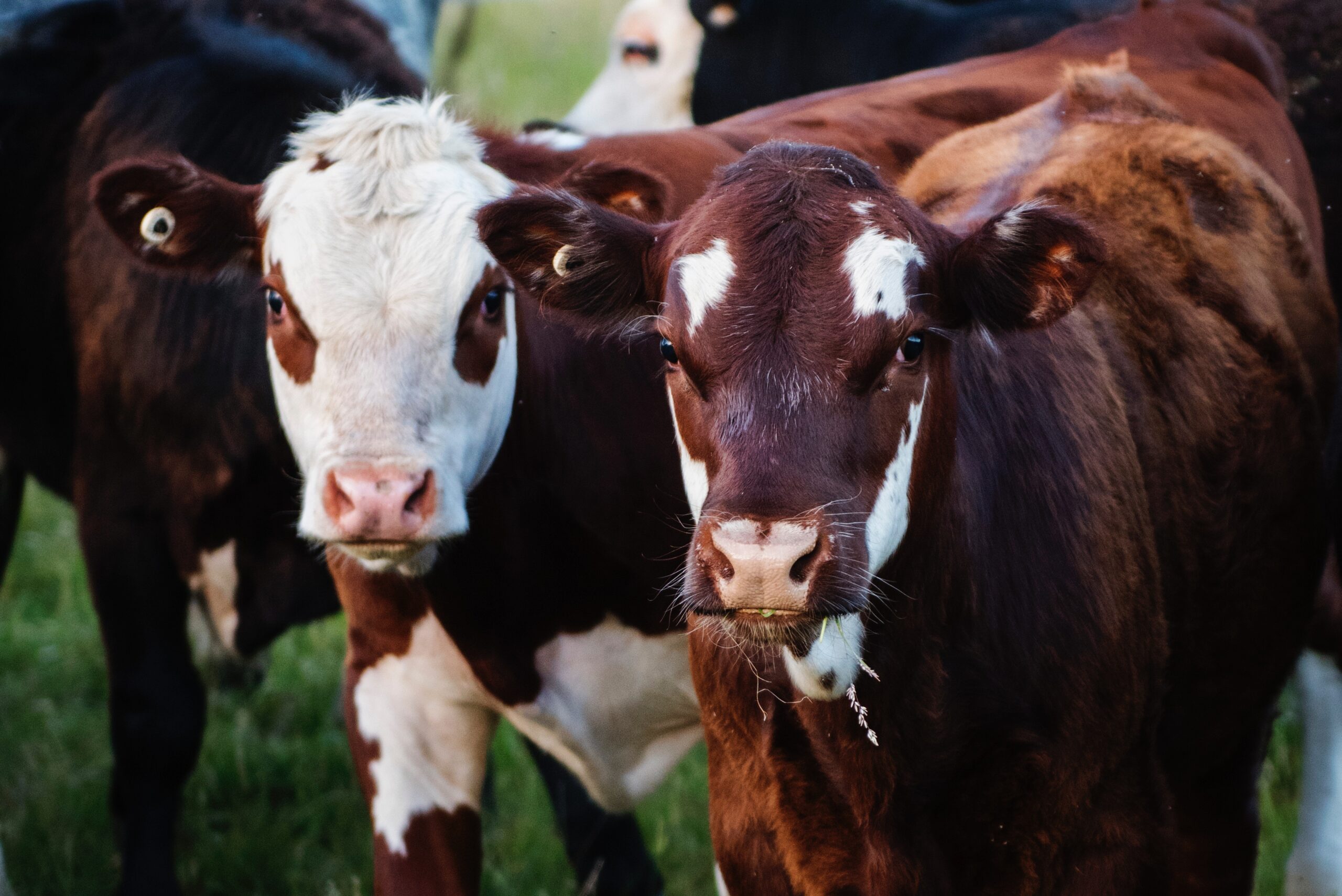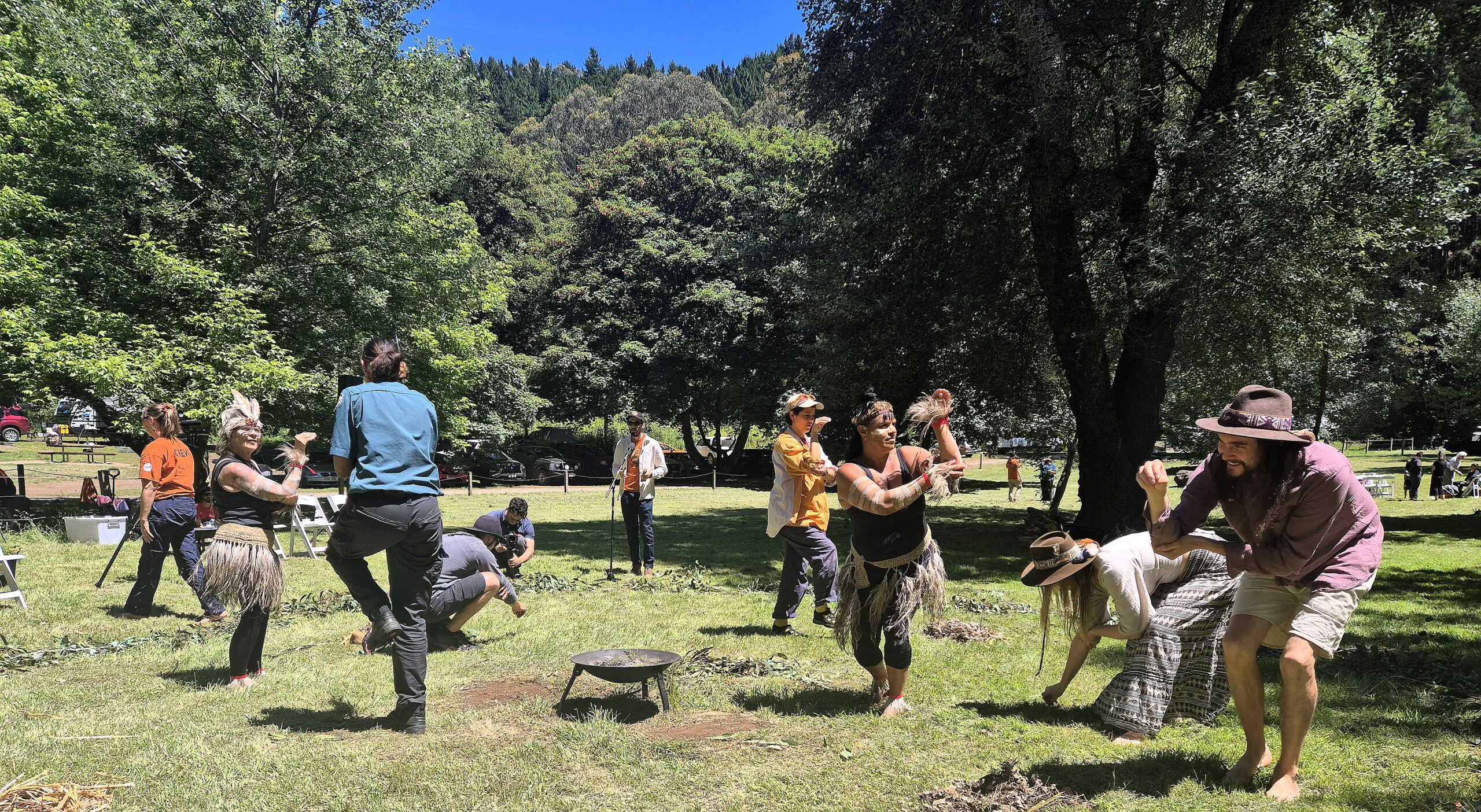June 11th, 2022Johne’s Disease control program
“During my 24 years working with Agriculture Victoria, I have seen several disease programs come and go, and change,” Dr Jeff Cave said.
The Johne’s Disease (JD) control program is a good example.
When I started as a district veterinarian, Australia was divided into zones according to JD prevalence.
You may recall the requirement of check testing and later a ‘Beef Only declaration’ to move cattle into the protected zones of New South Wales and Queensland.
Over time, with the development of a vaccine and the detection of JD in other states, these requirements were modified.
Perhaps the biggest change occurred in mid-2016 with the deregulation of BJD in most states and territories and the launch of the Johne’s Beef Assurance Score (J-BAS) to allow producers to self-assess and communicate their JD risk.
The Johne’s Disease Dairy Score (JDDS) for dairy cattle herds followed in early 2018.
The final barrier to the movement of cattle within Australia came down earlier this year in January, with the easing of import requirements into Western Australia.
Some certification requirements and other testing requirements remain, but overall, the movement of cattle from Victoria to any other part of Australia has become a relatively straightforward process.
That is not to say the risk of introduction of JD, or a host of other diseases has reduced when you introduce new cattle onto your property.
Agriculture Victoria strongly recommends that you develop and follow a biosecurity plan to protect your business and property.
Diseases are commonly introduced into herds by the introduction of livestock.
When you introduce new cattle, get a full and detailed history of the cattle being introduced, request a National Cattle Heath Declaration from the vendor, and apply an on-farm quarantine period in a well prepared, separate area where the newly introduced cattle can be monitored for disease. For further information please contact your local veterinarian or Agriculture Victoria veterinary or animal health officer on 136 186, or in NSW your Local Land Services.”










